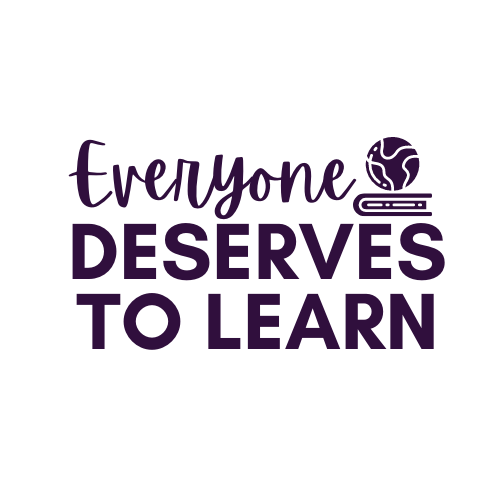Teaching SLIFE's...a personal history

My first year working with SLIFE's was 2009. It was my first year teaching, and I was teaching French as a long-term sub in an urban district. I didn't know I had SLIFE's, much less what SLIFE's were. The next year, I was assigned to teach an ESL 7th grade history, again with no knowledge about what SLIFE students were, much less how to teach them. I was befuddled when an Arabic student continually used the letter /u/ when he meant the letter /n/. I didn't know why he eloped from class, just that he did it and then returned when he was ready. School admin was no help; they couldn't speak with him to discipline him, and he never showed up for any of the detentions he got for eloping. Another student, who I will remember forever, built me an amazing longhouse (I still have it, 11 years later) out of popsicle sticks, during a unit on Native Americans. He barely spoke a word in English or Spanish, but he had enough receptive language to absorb content and understand when I asked them to create something. After stumbling through that first year teaching ESL, I realized I wasn't terrible at it, and it was something I wanted to get better at. (Did I mention I failed the French oral proficiency exam? 6 times? I did. ESL was pretty much my only option to continue teaching.) So, I went for my M.Ed in teaching ESL.
I moved to a new district, a TINY district, where I still am in 2020. I still don't know why they hired me...I had no experience working with the population they had just received. Sometimes I think it was a happy accident. The population I was hired to teach consisted of refugees from Burma and Thailand. So here I was, 24 years old, armed with Kevin Henkes and Don Freeman read-alouds, theories of multiple intelligence, and classroom management tricks that worked in an urban setting with more traditional English Language Learners (the kind those "newcomer kits" are written for). And then I met my students. My sweet, trusting, bewildered, scared, confused, and frustrated students. Again, with no training on SLIFE's, I stumbled through my first two years. By the end of the second year I had luckily figured out what SLIFE's were, due to my own research skills. I would send desperate emails to colleagues in my former district, pleading for resources and ideas. I cried in my grad school classes, because what they were teaching me wasn't what was going to help my students learn to write their names. During one lesson we were talking about the multiple meaning word "waves" and I pulled a picture of the ocean up on my screen. The picture triggered PTSD in one of my students whose family had lived through the 2005 tsunami in Thailand. She fell to the floor, wracked with sobs. All I could do was hold her and rock her. When it came time for lockdown drills, it took me the entire day to calm them, assuring them that no militia was going to storm the room with AK-47's. Also, I was supposed to be bringing these students up to grade level reading and writing standards.
Enter year 3, 2013. I was just beginning my adminstration licensure program, had just bought my first house with my husband, and in dropped 4 new refugee students. They ranged in age from 8-13, and none had been to school before. I don't remember much about that September, only flashes of images and the panic attacks I had in the shower, when the reality of teaching refugees who had escaped with nothing but their lives set in. I held it together when one of my students calmly explained how he watched someone's leg get blown off from a land mine, and that's why he preferred to stay on the blacktop at recess, rather than the grass. September became October, and with the help of kindergarten teaching blogs, I taught them how to write their names. Then we counted the letters in their names. Then we graphed who had more or fewer letters in their names. By Halloween, they were reading emergent readers with sight words. By December, we were playing first grade math center games together. In March, we did our first word search and crossword puzzle. They were fascinated by the idea of a leprechaun. We began reading level A readers, then level B. One of my students joined his grade-level math class, and was able to follow along with the computation skills. I kept the other three with me, and we progressed steadily through second grade math standards, working our way up to third grade math. That was the year I realized that teaching SLIFE's was not something you could learn in a textbook. It was not something a professional development conference could help you with.
Teaching SLIFE's is an experience that must be had to be understood. Each and every SLIFE student I've taught has required a different strategy and teaching style from me. And I see it as my duty and challenge to meet them where they are, learn what works, and give them what they need to succeed.


